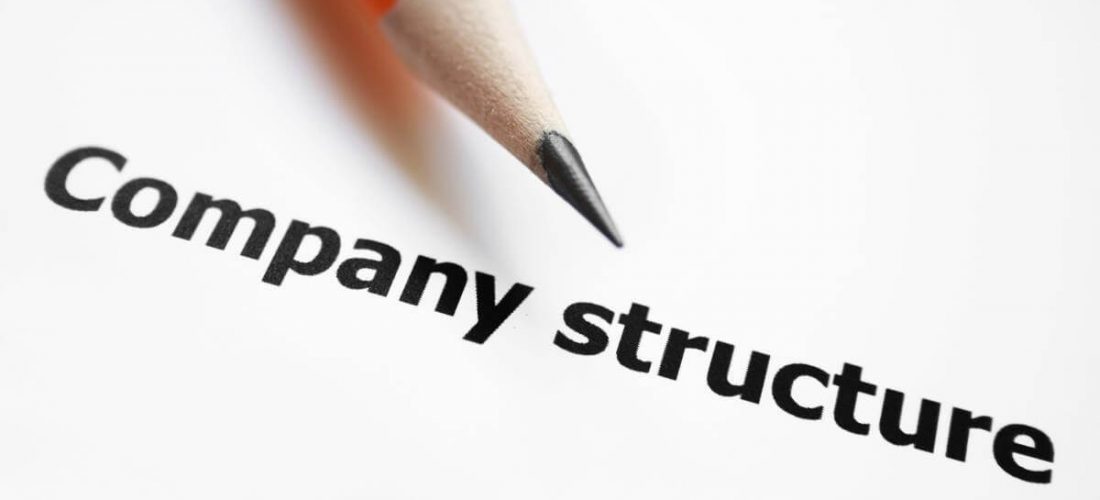If a Company Goes Bust Who Pays Redundancy? Lawful Insights for UK Personnel
Wiki Article
Examining the Interaction In Between Business Redundancy and Business Adaptability for Future Growth
In the vibrant landscape of today's company world, the detailed connection between company redundancy and business flexibility emerges as an essential variable for sustained growth and success. Firms usually face the obstacle of striking a fragile equilibrium between preserving a level of redundancy to reduce threats and promoting flexibility to respond quickly to the ever-evolving market needs.Significance of Business Redundancy
Company redundancy is an important component that enhances organizational resilience and mitigates operational dangers. By including redundancy steps within the organizational structure, business can better hold up against unexpected disturbances and fluctuations in the company setting. Redundancy functions as a critical buffer, enabling firms to adapt and react successfully to unexpected obstacles without compromising vital procedures.One secret facet of the relevance of business redundancy is its duty in ensuring continuity during times of situation. When confronted with unexpected changes or emergencies, redundant systems, resources, or employees can action in to maintain critical features and prevent widespread interruptions. This continuity not just safeguards the company's online reputation and consumer count on but likewise minimizes economic losses and functional downtime.

Strategies for Organizational Flexibility

Creating versatile business structures that enable for quick modifications to market dynamics and client needs is important for remaining affordable in a swiftly advancing atmosphere. By proactively recognizing prospective interruptions and possibilities, companies can proactively prosper and adapt in an ever-changing organization landscape.
Harmonizing Redundancy and Versatility
Accomplishing a harmonious equilibrium in between operational redundancy and business flexibility is paramount in navigating the intricacies of a vibrant business environment. Redundancy within a business supplies a security net, making sure continuity and stability in procedures. However, an unwanted of redundancy can lead to inadequacies and hinder adaptability to transforming market problems. On the various other hand, business versatility enables firms to respond without delay to outside interruptions and confiscate new possibilities. Striking the right equilibrium in between redundancy and flexibility is a delicate process that calls for a deep understanding of the organization's goals, market characteristics, and threat tolerance.To accomplish this balance, firms require to conduct normal analyses of their operations to identify locations where redundancy is required for risk reduction and where flexibility can drive technology and development. Implementing flexible frameworks, fostering a culture of continuous understanding and renovation, and urging open interaction throughout all levels of the company are key techniques to balance redundancy and adaptability effectively. By aligning these 2 crucial aspects, companies can place themselves for sustainable development and success in an ever-changing organization landscape.
Study on Adjustment Success
In taking a look at instances of successful organizational adaptation, it ends up being apparent that the interaction between functional redundancy and versatility is a specifying consider shaping durable companies. One engaging study is that of Netflix. Initially a DVD rental service, Netflix demonstrated remarkable flexibility by transitioning right into a streaming system when digitalization interrupted the industry. By purposefully purchasing technology and web content development, Netflix not only flourished but endured in a quickly progressing market. Another standout example is Amazon. Beginning as an on-line bookstore, Amazon continually adapted its business design, broadening right into varied fields such as cloud computing and expert system. This flexibility permitted Amazon to stay in advance of competitors and meet changing consumer needs. Finally, Adobe offers a notable picture of successful adaptation. The business moved from selling software program licenses to a subscription-based model, making certain recurring revenue streams and boosted client interaction. These study underscore the relevance of functional redundancy paired with business adaptability in cultivating lasting growth reference and competition.Building Durability for Future Growth
Building durability for future development needs a tactical placement of functional procedures with market characteristics and arising fads. Firms must adjust to transforming environments by cultivating a society of flexibility, technology, and constant enhancement. Strength includes not just recovering from setbacks however also proactively preparing for future obstacles. One essential facet of structure durability is buying robust risk administration methods to minimize potential disturbances. This consists of situation preparation, diversifying supply chains, and establishing contingency prepare for various contingencies (who pays redundancy money).Additionally, promoting strong relationships with stakeholders, such as customers, staff members, distributors, and the community, is important Homepage for weathering uncertainties and preserving trust fund and assistance during turbulent times. Reliable interaction and openness play a crucial function in structure strength, as they aid straighten expectations and facilitate collaboration in browsing unpredictabilities.
Furthermore, organizations require to prioritize learning and growth campaigns to upskill staff members and outfit them with the needed devices to adjust to transforming conditions. By investing in their labor force, companies can improve their flexibility and agility, eventually enhancing their durability for sustainable future growth.
Conclusion

In the vibrant landscape of today's service globe, the complex connection in between business redundancy and business adaptability arises as a critical factor for sustained growth and success. Companies typically face the obstacle of striking a fragile equilibrium in between maintaining a level of redundancy to mitigate dangers and fostering adaptability to react promptly to the ever-evolving market needs.To achieve this equilibrium, firms require to perform regular analyses of their operations to determine locations where redundancy is essential for risk mitigation and where adaptability can next drive development and development.In conclusion, the interaction in between company redundancy and organizational adaptability is crucial for future development. Building durability with a combination of redundancy and flexibility will make certain that firms are prepared for the difficulties of the future.
Report this wiki page